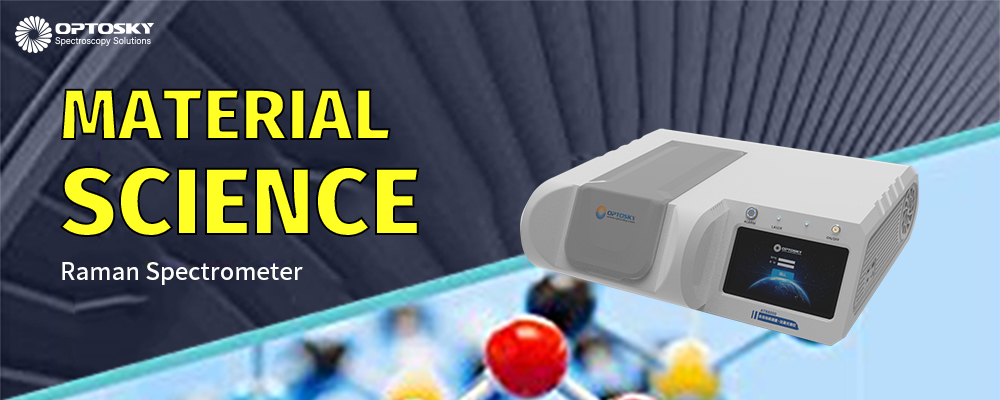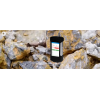Raman Spectrometer in Materials Science
Raman spectroscopy is a powerful tool for the study of material structure in materials science. It can do a lot of work in the fields of phase composition interface and grain boundary.
Specific applications of Raman spectroscopy in materials science can include.
(1) Raman study of thin film structural materials: Raman spectroscopy has become a means of detection and identification of thin films prepared by CVD(chemical vapor deposition). Raman can study the structure of single, multi, micro and amorphous silicon as well as borated amorphous silicon, hydrogenated amorphous silicon, diamond and diamond-like layered films.
(2) Research on superlattice materials: The stress of the strain layer can be calculated by measuring the Raman frequency shift of the strain layer in the superlattice, and the lattice integrity can be known according to the symmetry of the Raman peak.
(3) semiconductor material research: Raman spectroscopy can measure the semiconductor damage distribution after ion implantation, can measure the components of semi-magnetic semiconductor, the quality of the epitaxial layer, the component carrier concentration of the epitaxial layer mixture.
(4) Raman study on phase structure of high temperature resistant materials.
(5) Raman study of all carbon molecules.
(6) Study on quantum size effect of nano materials.
Providing fast, simple, repeatable, and heavier Raman spectroscopy requires nondestructive qualitative and quantitative analysis that requires no sample preparation. Raman spectroscopy is mainly used as a means of structural identification in material science. The size, strength and shape of Raman displacement are important basis for chemical bonds and functional groups of ikari. Raman spectrum can also be used to judge cis-trans structure.
RAMAN SPECTROMETER MODELS SELECTION GUIDE:
ATR8000High Throughput Raman Analyzer


-100x100.png)


















Comments: 0
No comments